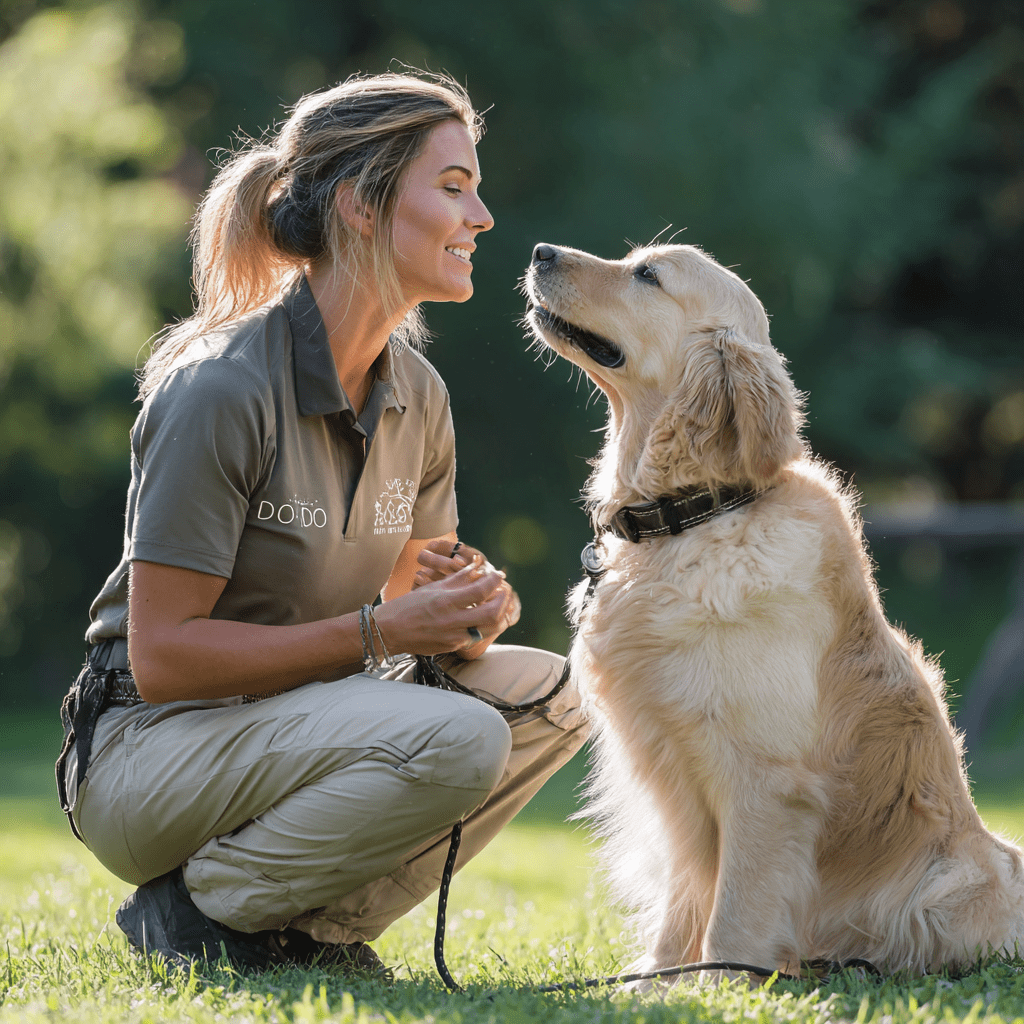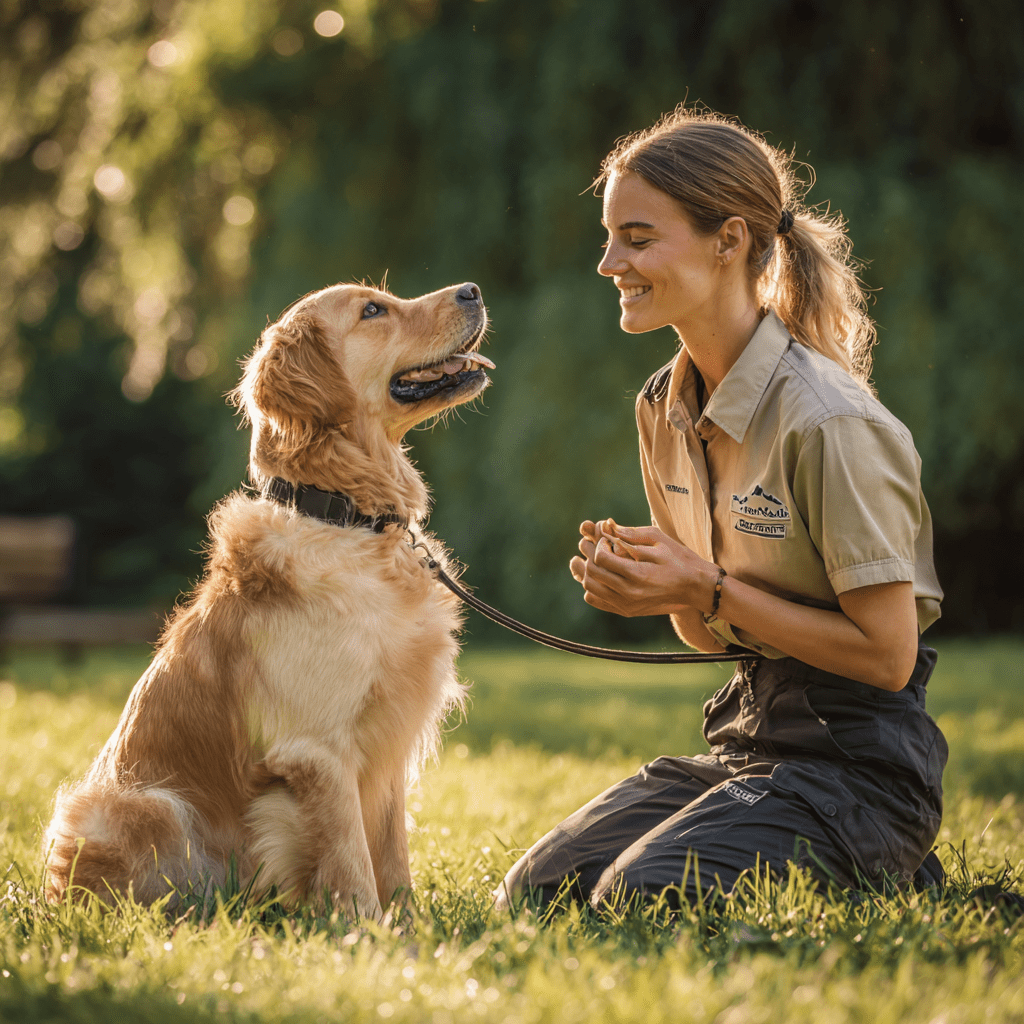Introduction
If you’ve just welcomed a new dog into your life—whether a playful puppy or a rescue—you’ve probably already realized that training is not just about teaching tricks. It’s about building communication, trust, and mutual respect. A well-trained dog is safer, happier, and a joy to be around.
Mastering the basics of dog training ensures your pet knows how to behave at home, in public, and around other animals and people. These essential commands are the foundation for advanced training and can prevent common behavioral issues before they start.
In this guide, we’ll cover the 10 must-know training commands for every dog, why they matter, and how to teach them effectively using positive reinforcement techniques.
Why Basic Commands Are Important
Basic training is not just about obedience—it’s about safety, mental stimulation, and a deeper bond with your dog. Here’s why they’re so valuable:
- Safety: Commands like “Come” and “Stay” can prevent accidents.
- Better Behavior: Reduces unwanted habits like jumping or pulling on the leash.
- Social Skills: Makes your dog more confident and well-mannered around people and pets.
- Mental Engagement: Training exercises challenge their brain and prevent boredom-related problems.
The 10 Essential Dog Training Commands

1. Sit
Purpose: A simple command that’s the foundation of good manners.
How to Teach:
- Hold a treat close to your dog’s nose.
- Move your hand upward so their head follows, causing their bottom to lower.
- Once seated, say “Sit” and give the treat.
Pro Tip: Practice before meals to use their food drive as motivation.
2. Stay
Purpose: Keeps your dog in place, preventing dangerous run-offs.
How to Teach:
- Ask your dog to “Sit.”
- Show your palm like a stop sign and say “Stay.”
- Step back, return, and reward if they don’t move.
Pro Tip: Start with short distances and build up gradually.
3. Come
Purpose: Essential for recall in parks or outdoor spaces.
How to Teach:
- Put your dog on a long leash.
- Crouch down and say “Come” in a happy tone.
- Gently guide them toward you with the leash and reward.
Pro Tip: Never punish your dog after they come—always make it a positive experience.
4. Down
Purpose: Encourages calm behavior, especially in busy environments.
How to Teach:
- Hold a treat in your closed fist.
- Let them sniff it, then lower your hand to the ground.
- Once they lie down, say “Down” and reward.
Pro Tip: Train in a quiet space to minimize distractions.
5. Heel
Purpose: Keeps your dog walking calmly by your side.
How to Teach:
- Hold a treat in your left hand.
- Say “Heel” and step forward.
- Reward when they stay beside you.
Pro Tip: Use this during walks to avoid leash pulling.
6. Leave It
Purpose: Stops your dog from picking up harmful or unwanted items.
How to Teach:
- Place a treat in both hands.
- Show the closed hand with the treat and say “Leave it.”
- Once they lose interest, reward with the other treat.
Pro Tip: Practice with toys, food, and real-life objects.
7. Drop It
Purpose: Encourages your dog to release objects safely.
How to Teach:
- Give them a toy to hold.
- Offer a treat and say “Drop it.”
- Reward when they release the toy.
Pro Tip: This is especially useful if they grab unsafe items.
8. Off
Purpose: Prevents jumping on people or furniture.
How to Teach:
- If your dog jumps up, turn away and say “Off.”
- Reward once all four paws are on the ground.
Pro Tip: Consistency is key—everyone in the household must follow the same rule.
9. Wait
Purpose: Teaches patience, such as waiting before going out the door.
How to Teach:
- Ask your dog to “Sit” before a doorway.
- Say “Wait,” open the door slightly, and close it if they move.
- Reward after they stay in place for a few seconds.
10. Watch Me
Purpose: Builds focus and attention.
How to Teach:
- Hold a treat near your eyes and say “Watch me.”
- Reward when they make eye contact.
Pro Tip: This command is a lifesaver in distracting situations.
Training Tips for Success
- Keep Sessions Short: 5–10 minutes twice a day is ideal.
- Use Positive Reinforcement: Treats, praise, and play work wonders.
- Be Consistent: Use the same words and gestures.
- End on a Good Note: Finish with a successful attempt to boost confidence.
- Practice Everywhere: Indoors, outdoors, and in different environments.
Common Mistakes to Avoid
- Training Too Long: Dogs lose focus quickly.
- Inconsistent Commands: Using different words confuses them.
- Negative Reinforcement: Yelling or punishment damages trust.
- Skipping Rewards: Without motivation, learning slows.
Conclusion
Teaching these 10 essential commands will make life easier, safer, and more enjoyable for you and your dog. Training isn’t just about obedience—it’s about building a language you both understand. With patience, consistency, and positive reinforcement, you’ll have a well-mannered furry friend who listens and loves to learn.
